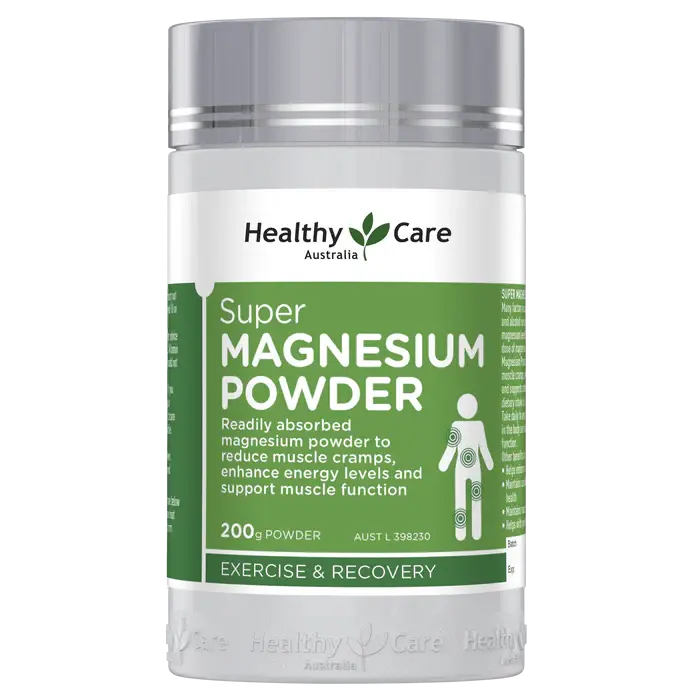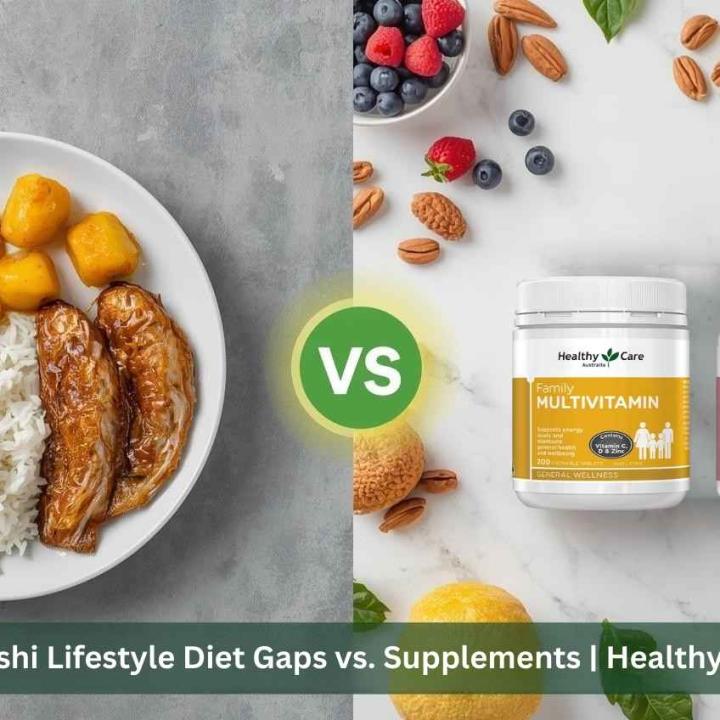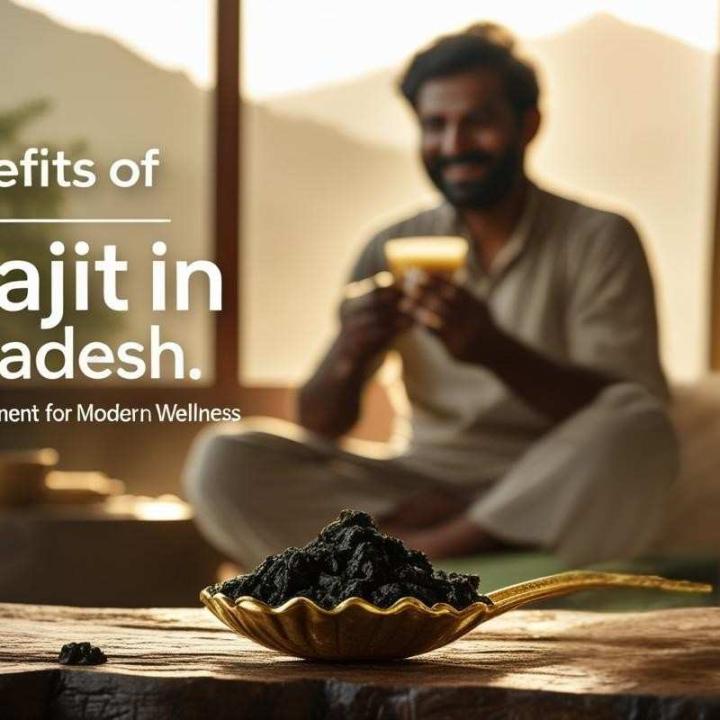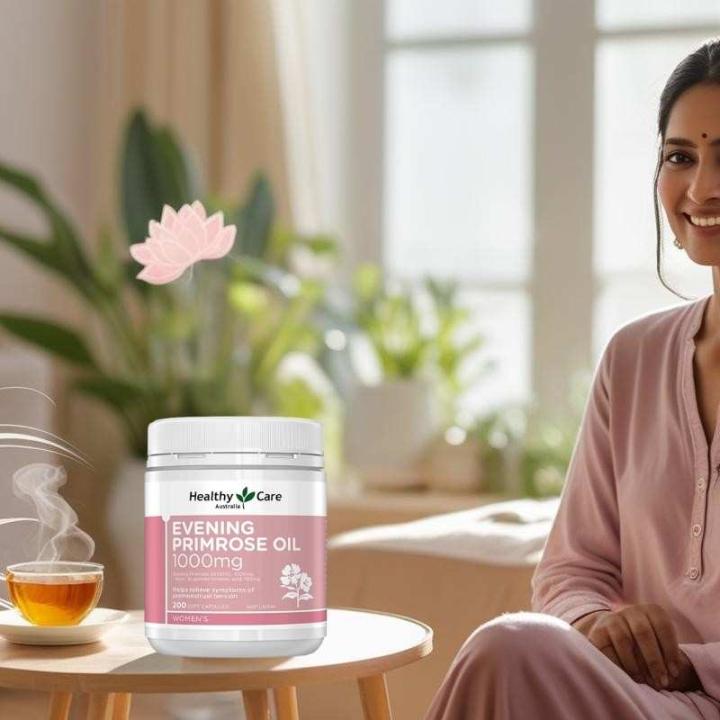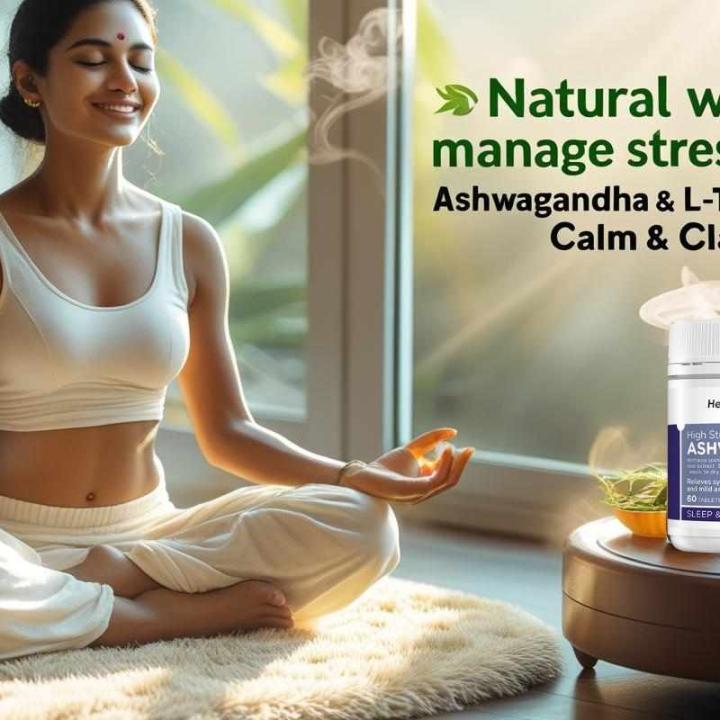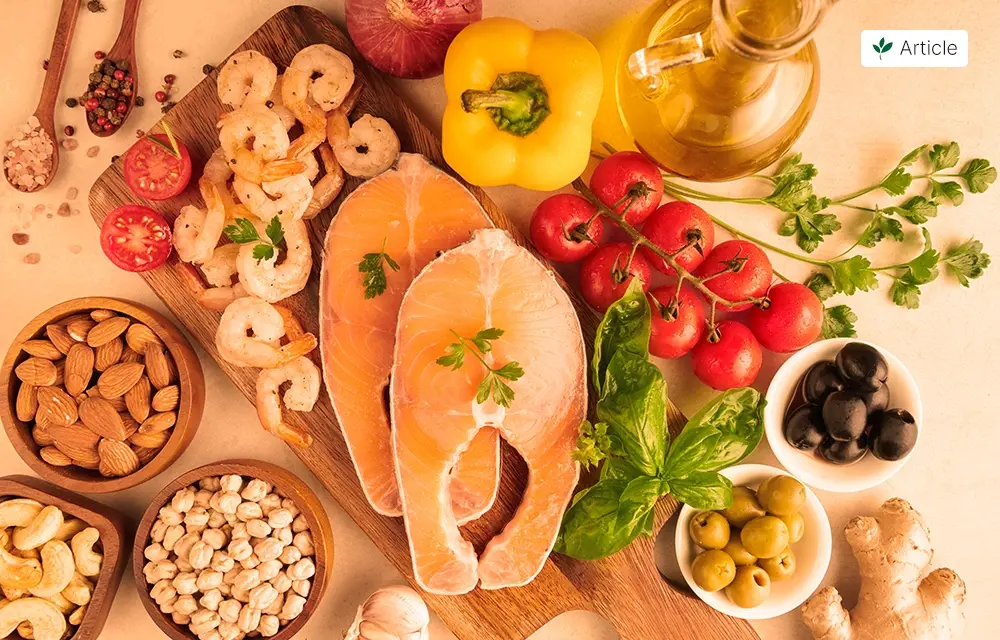
Magnesium vs Potassium – Which Is Better for Muscle Cramps?
Getting frequent muscle cramps after workouts or at night? You’re not alone. In Bangladesh, cramps are common due to heat, sweat loss, or nutritional deficiencies. This guide breaks down the key roles of magnesium and potassium — and which one is more effective for cramp relief.
Magnesium vs Potassium – What’s the Difference?
Magnesium supports muscle relaxation, nerve signaling, and energy metabolism. Potassium helps maintain fluid balance and prevent involuntary contractions. While both are essential, magnesium is often the go-to for muscle tension, while potassium works best for electrolyte imbalances after sweat-heavy activity.
- 💤 Magnesium helps relax tight or overworked muscles
- 💧 Potassium replenishes electrolytes lost in sweat
- 🦵 Both reduce cramp frequency and intensity
- ⚖️ Magnesium is better for chronic or stress-related cramps
- 🇦🇺 Quality Australian supplements support both nutrients
Top Supplements for Cramp Relief
🥇 Healthy Care Magnesium Forte 400mg
- Reduces muscle cramps and nighttime leg pain
- Supports nervous system relaxation and recovery
- Trusted magnesium formula for daily use
🥈 Healthy Care Super Magnesium Powder
- High-absorption magnesium with added B vitamins
- Great for people with frequent or stress cramps
- Mixes easily in water or shakes for daily use
Explore Related Guides
FAQs – Magnesium vs Potassium
Which is better for cramps: magnesium or potassium?
Magnesium is better for chronic or stress-related cramps. Potassium is more helpful after sweat loss or dehydration-related cramps.
Can I take both magnesium and potassium together?
Yes. They work together to support proper muscle and nerve function. Just ensure you're not exceeding recommended daily intake.
What foods are rich in magnesium and potassium?
Magnesium: leafy greens, seeds, and nuts. Potassium: bananas, potatoes, coconut water, and yogurt. Supplements help when diet isn't enough.


